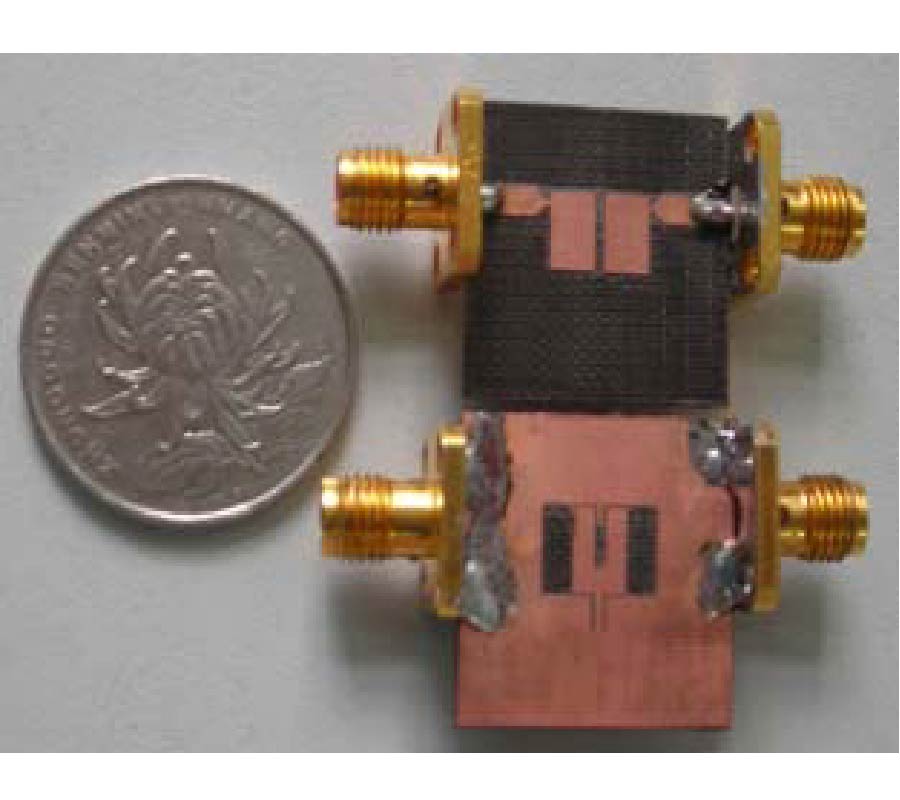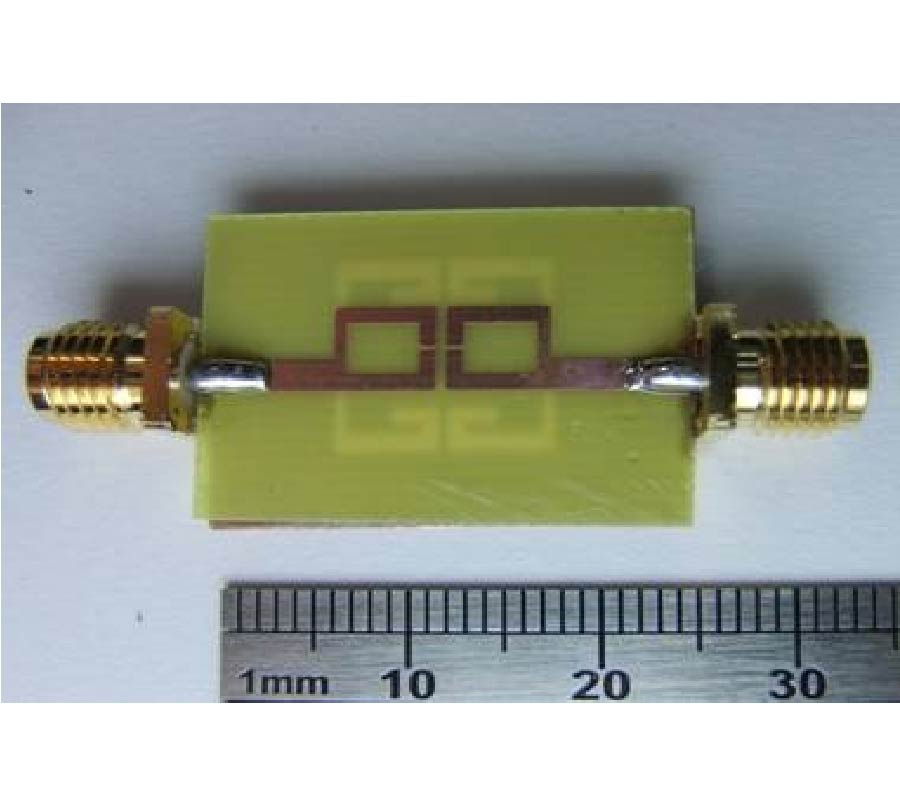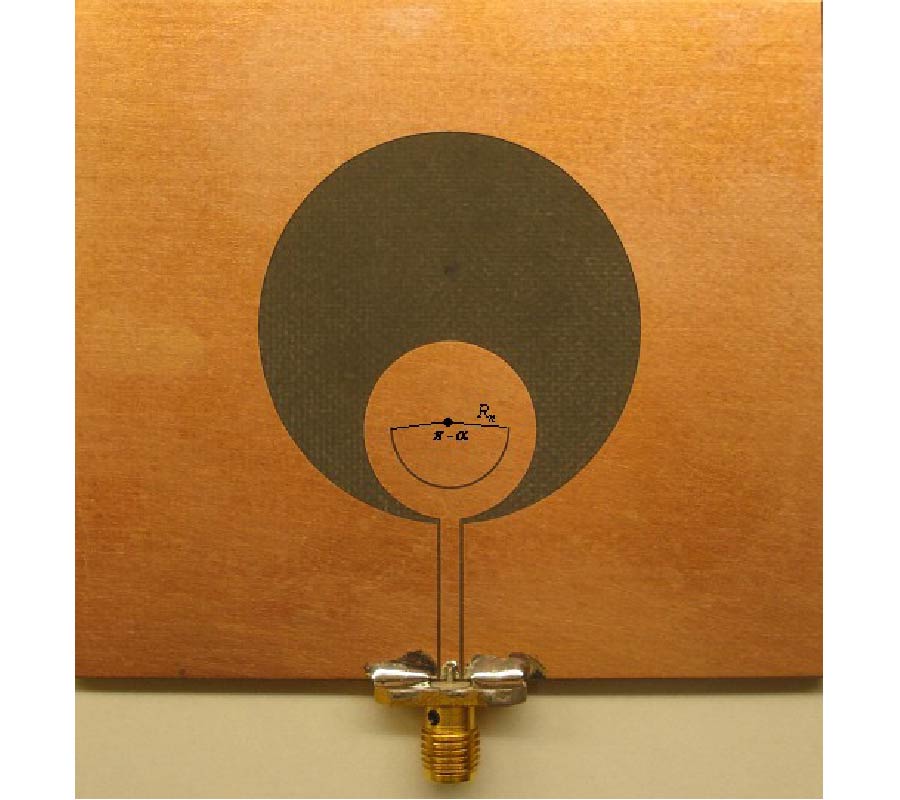2010-07-28 Latest Published
By Shi Pu
Jun-Hong Wang
Zhan Zhang
Progress In Electromagnetics Research, Vol. 106, 395-417, 2010
Abstract
The small-scale fading behavior in common wireless communication systems can be predicted by a series of propagation models. Although these types of models are feasible and effective for the situations of transmitting/receiving (Tx/Rx) antennas in relatively open surrounding environments, they are unable to address the coupling between the antenna and environment. In order to overcome this difficulty, a full-wave numerical method is applied in terms of the advantage in considering the interaction between complicated environments and the Tx/Rx antennas, and it can take into account the effect of the interaction on signals. In this paper, an integrative modeling technique involving FDTD method, two-path propagation model and multi-path statistical distribution model is presented, which combines the deterministic and statistical methods. For achieving reliable communication especially in high-speed railway environment, high sampling rate and adequate sampling points are needed for analyzing the propagation properties of the radio frequency (RF) link. This can be easily achieved by the integrative modeling technique, and the output voltage and current of train antenna under the illumination of base-station (BS) antenna along the railway can be given in detail. Results obtained from the integrative simulation for three different multi-path statistical distribution models are presented and analyzed.
























